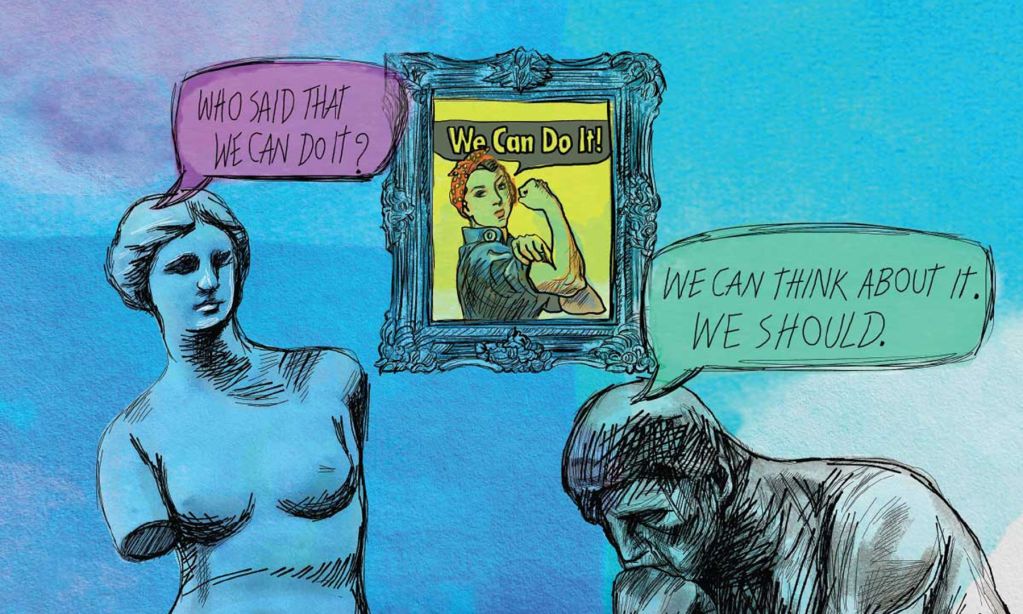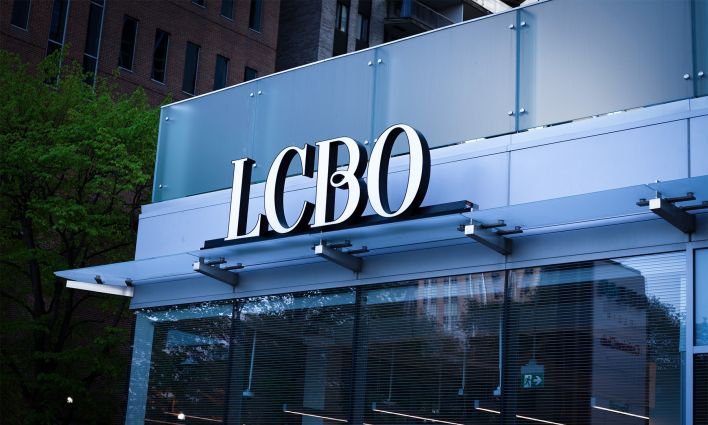It’s November 3, 2022 and a group of workers are being escorted by security out of the gallery in the Ontario legislature.
“You have no idea what you’ve started,” they shout, as they’re pulled out of the chamber.
After those workers, including leaders of the Canadian Union of Public Employees (CUPE), were ejected, the Conservative government got on to the real business of the day: crushing a planned strike by CUPE education workers by invoking the notwithstanding clause.
A few days later, following a wildcat strike and labour’s largest mass mobilization in decades, the government backed down and withdrew the legislation.
Much ink has been spilled about the decline of organized labour since the 1980s and ’90s—a phenomenon not isolated to Canada and Quebec. The U.S.A. and UK launched full-frontal attacks on working class power during the Reagan and Thatcher years, respectively. Even mighty European labour unions, while still enjoying enviable levels of influence compared to their North American counterparts, have been on a downward swing.
Concurrent with this decline in organized labour’s strength and militancy has been a rise in inequality—in fact, when mapped onto a chart, the two correspond almost perfectly. The working class has stagnated while the wealth of the super-rich has shot into the stratosphere.
It didn’t happen by accident. In the 1970s, elites responded to an inflationary economic crisis—and a dramatic rise in labour action—by dismantling the “postwar compromise” which had, for a generation, created a “truce” in which elites allowed (some, white, male) workers to accumulate wealth and build a middle class. In that era, higher taxes on the wealthy and their corporations financed strong public services, and powerful fighting unions bargained strong contracts on behalf of workers across key industries.
That changed with the “stagflation” crisis of the 1970s. The capitalist class responded to that crisis by blaming government spending and workers’ wage demands for inflation—and created a dizzying array of counter-institutions dedicated to advancing their anti-worker deregulatory agenda.
It worked. In the decades that followed, they restructured the economy in their image. All levels of government sold off and privatized public services and infrastructure. Private capital offshored key production facilities, breaking the back of powerful manufacturing unions. Owners of infrastructure that couldn’t easily be shipped overseas, like grocery stores, went on a long, grinding, and successful war against staff and their unions—turning “good jobs” at markets and meatpacking plants into low-wage precarious work.
It was a decades-long series of defeats for organized labour. Union density—that is, the proportion of the workforce represented by a union—declined precipitously in the 1980s and ’90s and has been on a less sharp, but constant, decline since then. That has not just been a problem for unions as institutions, but for the working class as a whole.
Working people in Canada began to identify less with the working class and more as individual consumers. The end of history had arrived and the working class, as an organized and conscious force capable of bending the arc of history, disappeared from the stage.
We’ve all heard the murmurs that things might be turning around in recent years. From the years-long wave of teachers’ strikes in North America, to unprecedented union victories in union-resistant companies like Starbucks and Amazon, to the (still too rare) inflation-busting wage increases won at the bargaining table, it seems like unions are having a moment again.
Mike Davis, a historian of social movements, wrote that the power of organized labour does not grow at a steady pace but, rather, in explosive upswings driven by social crises and the raised expectations that accompany working class victories. Organizing, fighting, and winning are contagious. To break the rut that we’re in, we have to start fighting again.
Across Canada, that’s what workers are doing. They’re building organizations and trying to organize the unorganized majority into a force that can step back onto the stage of history, in a moment that demands it.
We can only hope, then, that the CUPE leaders were right—that after all this time, our opponents really don’t know what they’ve started.







